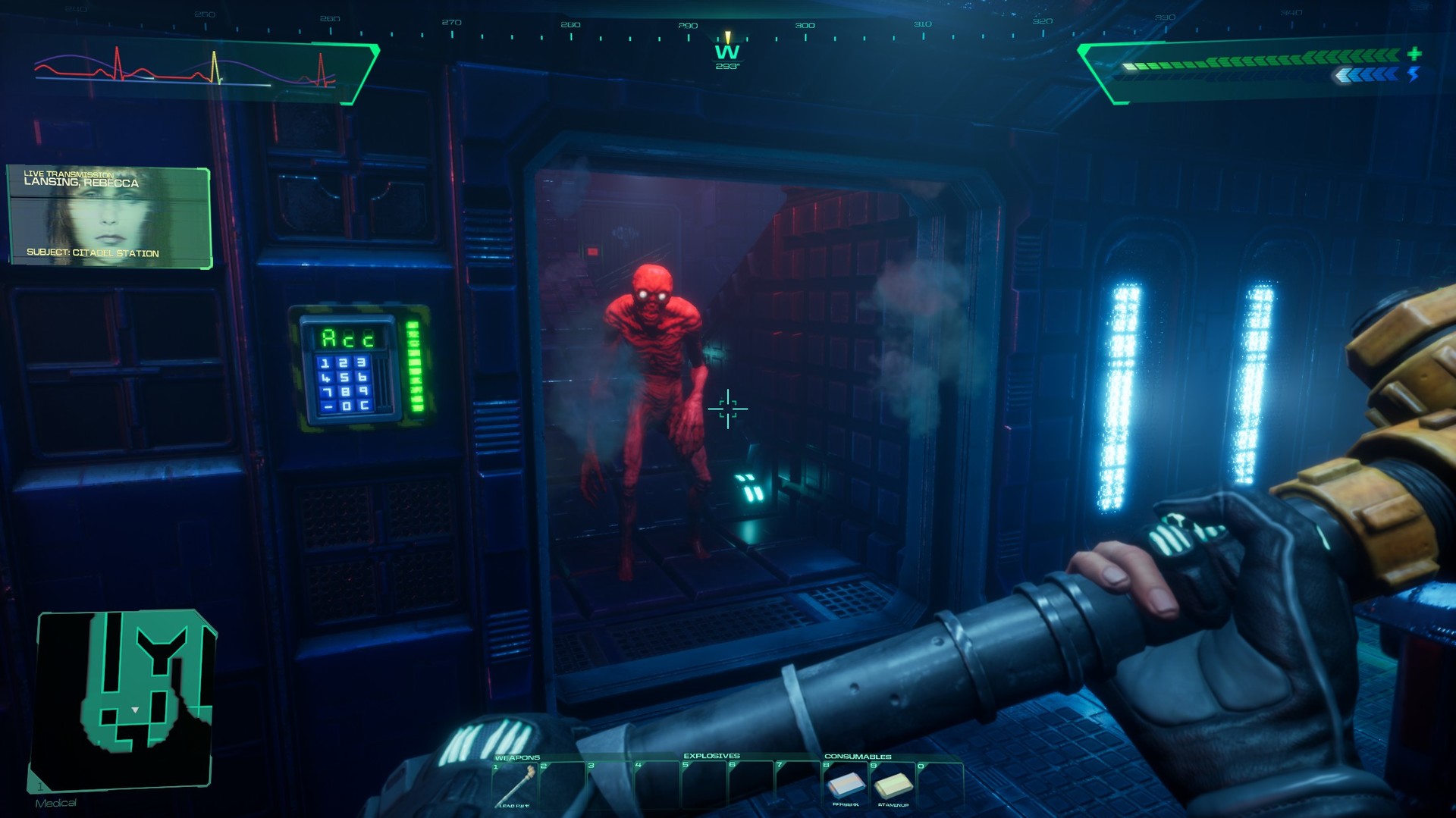
Users also describe if they had to apply tweaks. You can filter searched reports by Linux distribution and by hardware. The following links offer even more fixes and tweaks for various games which would otherwise exceed this article's purpose:įor games running with Proton, you can check the ProtonDB which lists a lot of useful user reports for specific games. Link bug reports and sources of workarounds.Use "game directory" or the GAME pseudo-variable to refer to a game's directory.When the text reads " run the game with FOO=bar" it is implied that you either update your launch options or run the game from the command-line with the environment variable. The GAME pseudo-variable is used to refer to a game's directory. In the next section, we will set up Qsynth to automatically launch in Steam Deck's Gaming Mode.This page assumes familiarity with the Steam#Directory structure, Steam#Launch options, environment variables, the Steam runtime and shared libraries. Right click the orange drop in the Desktop system tray and 'Exit' to close Qsynth. If you hear music in the main menu, it's working. To test it out quickly, keep Qsynth running, and launch System Shock from Desktop Mode. Tick the 'Start minimized to system tray' checkbox. Tick the 'Enable system tray icon' checkbox. Go back to the Qsynth main window, and press the 'Options' button in the top right. Next, we must set up Qsynth to start minimized, so that it will not get in the way of the game.

If you wish to try a different soundfont, press 'Remove', then press 'Open.' to choose a different. Now, your soundfont will be loaded into Qsynth. sf2 file you downloaded and extracted earlier, and open it. Press the 'Setup' button on the bottom left. On the left, turn the Gain knob down to 20 to turn down the volume. Open the Start menu, go to Multimedia, and run Qsynth.īy the default, the volume is very loud and will overpower the game.

Now that we have Qsynth and a soundfont, we must do some brief setup for Qsynth.


 0 kommentar(er)
0 kommentar(er)
